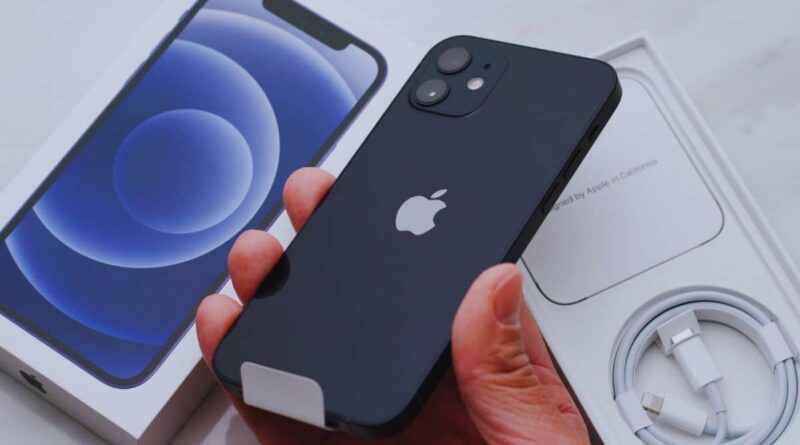Apple faces a significant challenge in Europe as the European Union raises concerns about the iPhone 15’s compliance with USB-C charging regulations. The EU has warned Apple about potential sales restrictions if the company doesn’t meet the new charging port standards. This development could affect iPhone availability across Europe, marking a crucial moment in the ongoing discussion about universal charging solutions. Let’s explore what this means for consumers and Apple’s future in the European market.
Spis treści:
Understanding the EU’s USB-C Mandate
The European Union introduced legislation requiring all mobile devices, including smartphones, to use USB-C charging ports by the end of 2024. This regulation aims to reduce electronic waste and consumer inconvenience by standardizing charging methods across devices. The law affects all manufacturers selling electronic devices in the EU market, but Apple has received particular attention due to its historical use of proprietary Lightning ports in iPhones. The EU’s warning specifically addresses concerns about whether the iPhone 15’s implementation of USB-C fully complies with these new regulations.
What’s at Stake for Apple?
The European market represents a significant portion of Apple’s global iPhone sales, with millions of units sold annually across EU member states. A potential sales ban could severely impact Apple’s revenue and market presence in Europe. The company faces a critical decision: either ensure full compliance with EU regulations or risk losing access to one of its most important markets. This situation also affects Apple’s global manufacturing and distribution strategies, as creating region-specific models could increase production costs and complexity.
Technical Compliance Issues
The EU’s concerns center around specific technical aspects of the iPhone 15’s USB-C implementation. These include charging speeds, data transfer capabilities, and compatibility with standard USB-C accessories. While Apple has integrated USB-C ports into the iPhone 15 series, questions remain about whether the implementation meets all EU requirements for standardized charging. The regulatory body specifically examines power delivery protocols, accessory compatibility, and whether any software limitations might restrict the universal nature of the USB-C port.
Consumer Impact
For European consumers, this situation creates uncertainty about future iPhone availability. However, it also highlights the EU’s commitment to consumer-friendly standardization. If Apple complies fully with the regulations, users will benefit from universal charging compatibility across their devices. This means carrying fewer chargers, reduced electronic waste, and potentially lower costs for replacement charging accessories. The standardization could also encourage more innovation in the USB-C ecosystem, benefiting consumers through improved charging technologies and accessories.
Looking Ahead
As we approach the 2024 deadline for USB-C compliance, Apple has several options to address these concerns. The company could modify the iPhone 15’s USB-C implementation, ensure future models fully comply with EU standards, or potentially face restricted sales in the European market. This situation also sets a precedent for other regions considering similar standardization measures, potentially influencing global smartphone design standards. The outcome of this regulatory challenge could reshape how smartphone manufacturers approach charging technology worldwide.
